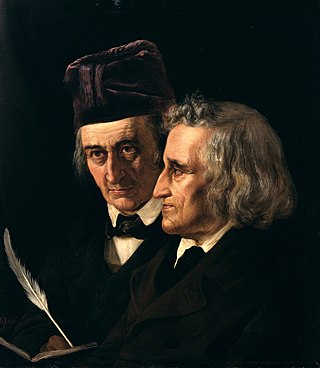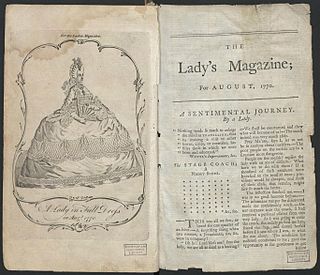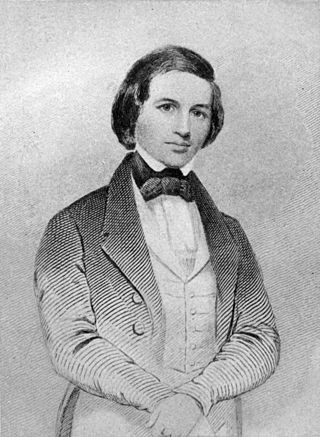Content
Included were articles on cooking, diet, lacemaking, patterns, embroidery, scientific discoveries, the latest explorations of the world, advice on planting and maintaining trees and vegetables, breeding birds and animals, household tips, parenting advice, spiritual reflections and dramatic fiction. The format was varied as well, presenting prose, song, poetry, clothing patterns, and sundry other items of interest.
The advice on diet and medicine was a mixture of the sound and the completely inaccurate. One of the more popular features was the inclusion of serialized novels, most of which concerned women and were essentially morality tales. One such was 'Katharine, a Tale of Women's Trials,' by Mrs Burbury (no, 1, vol 7, 1854). Also popular were sentimental poems accompanied by engravings, often of ruined abbeys and castles. The Family Friend gives insight into the general tone of Victorian households' interests and activities, and is an accurate source for authors and filmmakers of costume design and other period details.

The Brothers Grimm, Jacob (1785–1863) and Wilhelm (1786–1859), were a brother duo of German academics, philologists, cultural researchers, lexicographers, and authors who together collected and published folklore. They are among the best-known storytellers of folk tales, popularizing stories such as "Cinderella", "The Frog Prince", "Hansel and Gretel", "Little Red Riding Hood", "Rapunzel", "Rumpelstiltskin", "Sleeping Beauty", and "Snow White". Their first collection of folk tales, Children's and Household Tales, began publication in 1812.

Isabella Mary Beeton, known as Mrs Beeton, was an English journalist, editor and writer. Her name is particularly associated with her first book, the 1861 work Mrs Beeton's Book of Household Management. She was born in London and, after schooling in Islington, north London, and Heidelberg, Germany, she married Samuel Orchart Beeton, an ambitious publisher and magazine editor.

The Lady's Magazine; or Entertaining Companion for the Fair Sex, Appropriated Solely to Their Use and Amusement, was an early British women's magazine published monthly from 1770 until 1847. Priced at sixpence per copy, it began publication in August 1770 by the London bookseller John Coote and the publisher John Wheble. It featured articles on fiction, poetry, fashion, music, and social gossip and was, according to the Victoria and Albert Museum, "the first woman's magazine to enjoy lasting success."

William Banting was a notable English undertaker. Formerly obese, he is also known for being the first to popularise a weight loss diet based on limiting the intake of carbohydrates, especially those of a starchy or sugary nature. He undertook his dietary changes at the suggestion of Soho Square physician Dr William Harvey, who in turn had learned of this type of diet, but in the context of diabetes management, from attending lectures in Paris by Claude Bernard.

Hester ChaponenéeMulso, was an English writer of conduct books for women. She became associated with the London Bluestockings.

The status of women in the Victorian era was often seen as an illustration of the striking discrepancy between the United Kingdom's national power and wealth and what many, then and now, consider its appalling social conditions. During this era, whose sobriquet refers to the reign of a female monarch, Queen Victoria, women did not have the right to vote, sue, or – if married – own property. At the same time, women labored within the paid workforce in increasing numbers following the Industrial Revolution. Feminist ideas spread among the educated middle classes, discriminatory laws were repealed, and the women's suffrage movement gained momentum in the last years of the Victorian era.

An advice column is a column in a question and answer format. Typically, a reader writes to the media outlet with a problem in the form of a question, and the media outlet provides an answer or response.

Timothy Shay Arthur — known as T. S. Arthur — was a popular 19th-century American author. He is famously known for his temperance novel Ten Nights in a Bar-Room and What I Saw There (1854), which helped demonize alcohol in the eyes of the American public.
Evelyn Ward Everett-Green was an English novelist who started with improving, pious stories for children, moved on to historical fiction for older girls, and then turned to adult romantic fiction. She wrote about 350 books, more than 200 of them under her own name, and others using the pseudonyms H. F. E., Cecil Adair, E. Ward and Evelyn Dare.

Woman's World is an American supermarket weekly magazine with a circulation of 1.6 million readers. Printed on paper generally associated with tabloid publications and priced accordingly, it concentrates on short articles about subjects such as weight loss, relationship advice and cooking, along with feature stories about women in the STEM fields and academia. It has held the title of the most popular newsstand women's magazine, with sales of 77 million copies in 2004. It competes with more general-market traditional magazines such as Woman's Day and the now-defunct Family Circle.

Thoughts on the education of daughters: with reflections on female conduct, in the more important duties of life is the first published work of the British feminist Mary Wollstonecraft. Published in 1787 by her friend Joseph Johnson, Thoughts is a conduct book that offers advice on female education to the emerging British middle class. Although dominated by considerations of morality and etiquette, the text also contains basic child-rearing instructions, such as how to care for an infant.

Ella Hepworth Dixon was an English author and editor. Her best-known work is the New Woman novel The Story of a Modern Woman, which has been reprinted in the 21st century.
Emily Flora Klickmann was an English journalist, author and editor. She was the second editor of the Girl's Own Paper, but became best known for her Flower-Patch series of books of anecdotes, autobiography and nature description.
Jane Taylor was an English poet and novelist best known for the lyrics of the widely known "Twinkle, Twinkle, Little Star". The sisters Jane and Ann Taylor and their authorship of various works have often been confused, partly because their early ones were published together. Ann Taylor's son, Josiah Gilbert, wrote in her biography, "Two little poems – 'My Mother,' and 'Twinkle, twinkle, little Star' – are perhaps more frequently quoted than any; the first, a lyric of life, was by Ann, the second, of nature, by Jane; and they illustrate this difference between the sisters."

Maria Eliza Rundell was an English writer. Little is known about most of her life, but in 1805, when she was over 60, she sent an unedited collection of recipes and household advice to John Murray, of whose family—owners of the John Murray publishing house—she was a friend. She asked for, and expected, no payment or royalties.

The Australian Woman's Mirror was an Australian weekly women's magazine published by The Bulletin magazine in Sydney, between 1924 and 1961.

Eliza Warren née Jervis (1810–1900) was an English writer on needlework and household management, and editor of the Ladies' Treasury magazine. She was best-known professionally by the pen-name Mrs. Warren, but after a second marriage was also known as Eliza Francis and Eliza Warren Francis.
Matilda Marian Pullan —also writing under the pen names Mrs. Pullan and Aiguillette— was a prolific and influential 19th century British writer on needlework who contributed columns to a wide selection of periodicals in the 1840s and 1850s. She was the author of numerous books on needlework, especially the decorative forms known as fancywork, and she wrote a comprehensive encyclopedia on the subject. She was also an extremely successful businesswoman who ran a needlework supply shop that expanded to become a mail order business. Towards the end of her life, she moved to America, where she opened a consulting business whose clients included the actor Laura Keene.

The Bureau of Home Economics, later known as the Bureau of Human Nutrition and Home Economics, was a division of the US Department of Agriculture that supported homemaker activities in the early 20th century. The bureau developed recipes, collected information from the burgeoning scientific practice of nutrition, published sewing patterns for homemade clothing, produced radio content like the Aunt Sammy personality, wrote articles for newspapers and magazines, and generally contributed to the adoption of scientific practices in routine household activities. Operating between 1923 and 1962, the bureau supported homemakers through the Great Depression and World War II.

The 20th century saw multiple trends and changes in women's fitness culture.
















